Thank you, Jim. I appreciate your excellent advice. I have this series of books and I agree, they are very helpful.The problem (if it is a problem), however, might arise because of limited knowledge and required experience. I am sure most, if not all, questions could be answered in some articles and books. I found a great source of knowledge, specifically for POF models in the books Swan Class Sloops Series by David Antscherl, (volumes 1 and 2), and Greg Herbert a student who builds the model for this practicum. Volume 1 actually based on laying the keel and all structural parts including the transom framing. Once you grasp the construction method, it should give you assurance and should avoid the guesswork. Below are sample pages from my book
View attachment 354118
View attachment 354119
No need to buy all 4, start with: The Fully Framed Model, HMN Swan Class Sloops 1767 - 1780 Volume I - Revised by David Antscherl
The difficulty is even though these books intend to guide a builder - they are necessarily written from the perspective of a master modeler. As such they assume knowledge and experience (and skill with milling tools, etc.) that are still over the horizon from my perspective. The practicum from LSS is also very helpful and assumes a bit less experience from the builder. Mr. Hunt was very clear up front that this kit would be a serious challenge. He was right.





 .
.
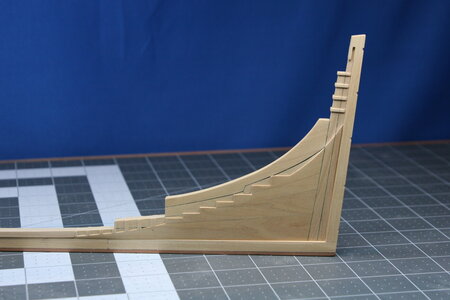
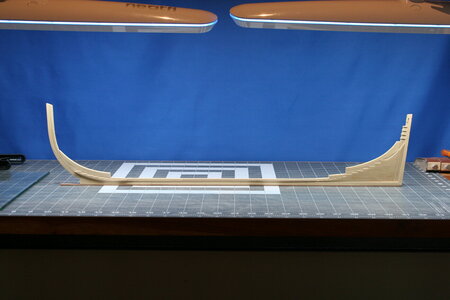
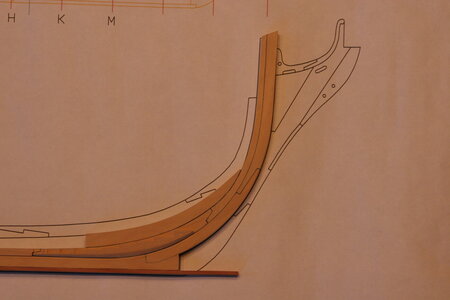
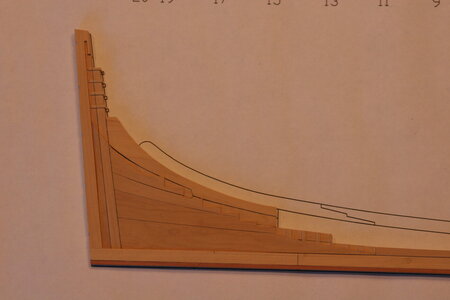
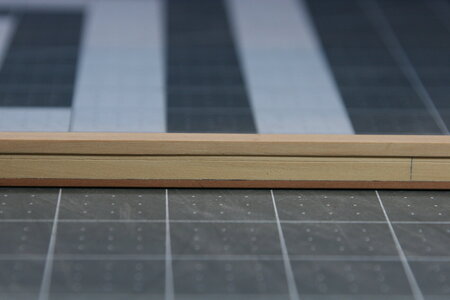
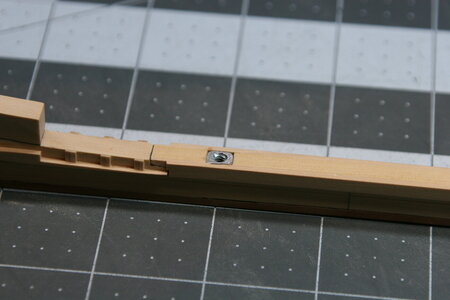

 I think I commented on your Vasa build that you are your own worst critic. This project is as near to scratch as you get without actually being a scratch build. The mindset is quite different to building a normal kit.Far more problem solving and considerable thinking time, probably more than actual building.
I think I commented on your Vasa build that you are your own worst critic. This project is as near to scratch as you get without actually being a scratch build. The mindset is quite different to building a normal kit.Far more problem solving and considerable thinking time, probably more than actual building.